Reduce Simple Sugars, Lower Your Triglyceride Levels and Live Longer
 There is a growing body of research that indicates that excess carbohydrate intake, especially simple carbohydrates, increases weight gain, triglyceride levels (unhealthy blood fats), inflammation, arteriosclerosis, risk of cancer, type 2 diabetes, and heart disease.
There is a growing body of research that indicates that excess carbohydrate intake, especially simple carbohydrates, increases weight gain, triglyceride levels (unhealthy blood fats), inflammation, arteriosclerosis, risk of cancer, type 2 diabetes, and heart disease.
Triglycerides are fatty acids that exist in food as well as in the body. Most fat in our bodies and in the food we eat is in the form of triglycerides; that is, three fatty acid chains attached to a glycerol molecule.
Triglycerides are blood fats made in the liver from excess energy, especially excess fructose (as in white sugar and high fructose corn syrup). As TG goes over 100, your risk of a heart attack increases in linear manner.
In part, elevated triglycerides are a measure of “blood stickiness.” At 175, most people have clot-prone blood and a,re at greater risk of a heart attack or sudden death.
Please know you shouldn’t be concerned about total cholesterol, instead you should be concerned, elevated triglycerides increase your risk of heart attack and stroke. Elevated cholesterol doesn’t mean anything. Please read more in my book, “Heart Disease What Your Doctor Won’t Tell You.”
Years ago, in several newsletters, Dr. Atkins warned about the danger of elevated triglycerides:
“The higher the triglyceride reading, the greater the risks of a heart attack.
“Men with the highest triglycerides were 2.5 times more likely to have a heart attack than those with the lowest measurements.”
Atkins quoted from the Journal of the American Medical Association, vol. 276, p. 882, 1996.
Calories ingested in a meal and not immediately used as fuel by the body is then converted to triglycerides and transported to fat cells to be stored for later use. Triglycerides are not derived from the fats we eat, but from excess carbohydrate or sugar intake! You don’t get fat from eating fat, you get fat from eating excess carbohydrates, especially simple, high glycemic carbohydrates.
The real culprit in increased triglyceride levels is the excess consumption of simple sugars.
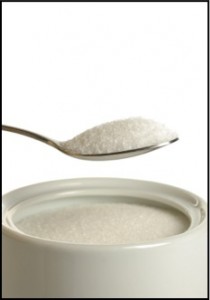 Simple carbohydrates (sugars) have one or two connected sugar molecules. Simple carbohydrates include fructose (found in fruits), galactose (in dairy products), maltose (starches/grains), levulose (table/cane sugar), and glucose (grape and corn syrup). Disaccharides are simple carbohydrates with two interconnected sugar molecules. Sucrose (table, cane, or beet sugar) and lactose (milk) are examples of disaccharides. By the way, cow’s milk is mostly sugar. Please don’t worry about the fat in milk.
Simple carbohydrates (sugars) have one or two connected sugar molecules. Simple carbohydrates include fructose (found in fruits), galactose (in dairy products), maltose (starches/grains), levulose (table/cane sugar), and glucose (grape and corn syrup). Disaccharides are simple carbohydrates with two interconnected sugar molecules. Sucrose (table, cane, or beet sugar) and lactose (milk) are examples of disaccharides. By the way, cow’s milk is mostly sugar. Please don’t worry about the fat in milk.
Half of all carbohydrates consumed in the United States are in the form of foods filled with added sweeteners. It is estimated that the average American consumes over 125 pounds of sugar a year! When we eat a meal that contains large amounts of carbohydrates, especially simple carbohydrates, our glucose or blood sugar levels begin to rise. The body must counter this rapid rise in blood glucose by releasing the hormone insulin. Insulin then shunts excess carbohydrates into the cells where it is stored as fat.
The role of insulin traces its roots back to a time when man’s very survival depended on bodily reserves of fat. This fat was used as fuel when wild game was in short supply. Centuries ago, before man was agriculturally inclined, our diet consisted of wild animals, berries, nuts, and fruits. Often, man himself was being hunted. These were not consumer-friendly times. Early man couldn’t walk into the local grocery store and purchase that night’s dinner as we can today. These hunters and gatherers would go days, sometimes weeks, without eating. During these lean times, glucose would be stored in fat tissue to serve as bodily fuel.
In today’s fast food, “eat-until-you-flop” world, insulin’s efficiency leads to unwanted weight gain. Low-fat foods, especially simple carbohydrates, eaten to excess, turn into fat. Simple carbohydrates or sugars are the worst offenders in causing unwanted weight gain. Not only do these sugars turn into fat, they also contribute to arteriosclerosis, inflammation, excess fatigue, depression, and malnutrition.
Insulin Resistance
Insulin’s primary function is to regulate blood sugar levels. It does this by stimulating the liver to release glycogen and make room for incoming sugar. Excess blood sugar is transported out of the bloodstream and into the cells where it is stored as fat. The relationship between glucose, glucagon, and insulin is a self-regulating system that serves us well until our metabolism starts to slow down.
Years of eating excess carbohydrates, especially simple carbohydrates, and the effects of metabolic aging begin to take their toll in our mid-thirties and forties. By this time in our lives, we’ve used up our storage space in the cells of our bodies. As I previously mentioned, insulin takes excess sugar and dumps it into the cells for storage. However, once full, these cells won’t allow, anymore sugar to enter in. The body attempts to remedy the sugar storage problem by reducing the cells insulin receptors. Unfortunately, this sends a message to the pancreas to release even more insulin. This results in hyperinsulinemia.
 Hyperinsulinemia means that the amount of insulin in the blood is higher than considered normal amongst non-diabetics.
Hyperinsulinemia means that the amount of insulin in the blood is higher than considered normal amongst non-diabetics.
When a person has hyperinsulinemia they have a problem controlling blood sugar, meaning that the pancreas has to secrete larger amounts of insulin to keep blood sugar at a normal level.
Hyperinsulinism
In this condition, there is more insulin produced than required by the amount of glucose present in the bloodstream. One theory is that the high concentration of refined carbohydrates enters the blood stream so rapidly that the healthy pancreas over-reacts thinking the body is going to become diabetic. For example, you eat a candy bar. The sugar in the candy bar enters the small intestine and is rapidly broken down. Sugar is dumped into the bloodstream and insulin is secreted. The pancreas, in response to a large wave of sugar being released so fast, over-secretes insulin. The excess amount of insulin consequently lowers the blood sugar within a short period of time to a hypoglycemic state. The individual then desires more sugar and the cycle is repeated.
Increased insulin levels, decreased insulin cell receptors, and cells stuffed full of fat prevent sugar from reaching its intended destination, the cells. Instead, the sugar remains in the bloodstream where it can causes damage to the arterial walls leading to high blood pressure, arteriosclerosis, high blood lipid levels, heart disease, and diabetes.
There are a number of risks involved in having hyperinsulinemia which include:
- Higher triglyceride levels
- High uric acid
- Hardening of the arteries (artherosclerosis)
- Weight gain
- Hypertension
- Type 2 diabetes
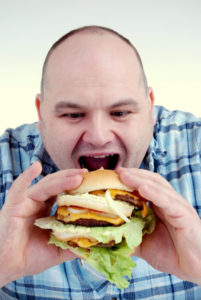 Although hyperinsulinemia often has little clear indicator, hyperinsulinemia symptoms may include:
Although hyperinsulinemia often has little clear indicator, hyperinsulinemia symptoms may include:
- Weight gain
- Cravings for sugar
- Intense hunger
- Feeling frequently hungry
- Difficulty concentrating
- Feeling anxious or panicky
- Lacking focus or motivation
- Fatigue
To reduce your chances of getting hyperinsulinemia, reduce your intake of simple carbohydrate foods.
Complex Carbohydrates
In contrast to simple carbohydrates, complex carbohydrates offer a wealth of nutritional value. Complex carbohydrates, or starches, are made up of long chains of three or more sugars. Examples of complex carbohydrates include most vegetables, unprocessed grains and legumes.
Carbohydrates are essential for proper metabolic functions. They provide glucose, a sugar that generates energy for the body to run properly. The brain depends on adequate amounts of glucose. If the brain doesn’t get sufficient amounts of glucose, it will pull it out of muscle and then fat tissue (this is what happens on high protein diets). This process is known as gluconeogenesis. Muscle tissue is usually compromised on a low-calorie diet (low-carbohydrate diets as well). The brain must have adequate amounts of glucose, and it will catabolize muscle to get it. This explains why people on extended low-calorie or high-protein diets will actually lose muscle mass. Each day, the brain consumes two-thirds of the available glucose. Low blood sugar (glucose), or hypoglycemia, can trigger bouts of fatigue, irritability, anger, anxiety, depression, and mental lethargy. Keeping the body fueled with adequate amounts of glucose is a challenge since the liver, which stores glycogen (the breakdown of glucose), can only accommodate the equivalent of two cups of pasta. This must be replaced every five hours. However, eating excessive amounts of carbohydrates, especially simple carbohydrates, causes the body to store it as fat! The key is to balance your intake of carbohydrates, fats, and proteins.
GLYCEMIC INDEX
The glycemic index is a measurement of how much a carbohydrate elevates the circulating blood sugar. The lower the glycemic index, the slower the rate of absorption. A list of foods and their glycemic index (how fast they break down into glucose) is shown below.
High Glycemic Index
- Bleached breads, including French, sour dough, Italian, wheat, and millet
- White potato
- Rice cakes
- Corn flakes, and
- Cheese pizza
- Muffins
- Croissant
- Waffles
- Simple sugars, glucose, and maltose
- White rice
- Whole wheat

- Oats and oat
- Corn flakes
- Hamburger bun
- French bread
- Corn
- Rice cakes
- White bread
- Grape nuts
- Whole wheat bread
- Rolled oats
- Oat bran
- Puffed rice
- Corn Chex
- Total
- Rice Krispies
- Croissant
- Taco shells
- Corn meal
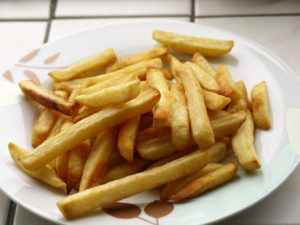
- Corn chips
- Cheerios
- Cream of wheat
- Millet
- White rice
- Gnocchi
- Rice pasta
- Macaroni and cheese
- Couscous
- Stoned Wheat Thins
- low-fat ice cream
- Ice cream
- Maltose
- Glucose
- Lactose and sucrose (table sugar)
- Carrots
- Banana
- Raisins
- Apricots
- Papaya
- Pineapple
- Mango
- Watermelon
Moderate Glycemic Index
- Spaghetti or pasta
- Sourdough Rye
- Wild rice
- Brown rice
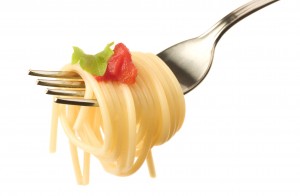
- Non-instant oatmeal
- Special K
- Muesli, no sugar added
- Whole grain pumpernickel
- Pita bread
- Oranges and orange juice
- Peas
- Pinto beans
- Garbanzo beans
- Baked beans
- Navy beans
- Lentils, canned
- Lactose
Low Glycemic Index
- Slow cooked oatmeal
- Barley
- Rye grain
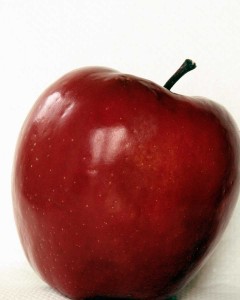
- Most fruits, including apples, grapes, peaches, pears, cherries, grapefruit, plums, nectarines, tangerines, oranges, limes, dates, plums, lemons, berries, kiwis, and cantaloupe.
- Fruit sugar (fructose)
- Soy beans
- Lima beans
- Lentils
- Black beans
- Kidney beans
- Butter beans
- Pinto beans
- Blackeyed peas
- Chick-peas
- Tomato soup
- Regular ice cream
- Yogurt
- All meat products, including chicken (no breading), beef, venison, lamb, quail, pheasant, turkey, pork, and duck.
- Shellfish
- Fish
- Butter
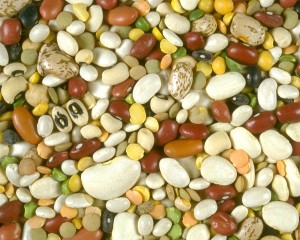
- Eggs
- Cream
- Cheese
- Nuts
- Seeds
- Most vegetables, including squash, zucchini, mushrooms, asparagus, artichokes, okra (non-breaded), lettuces, spinach, turnip greens, cabbage, celery, cucumber, dill pickles, radishes, bell peppers, cauliflower, broccoli, Brussels sprouts, eggplant, and onions.
Avoid or severely reduce all high glycemic foods and go easy on moderate carbohydrates. Avoid the obvious culprits like white and red potatoes, white rice, white bread, corn chips, corn bread, corn pudding, corn on the cob, popcorn, cooked carrots, beets, cookies, pastries, and anything with refined sugar.
Remember, honey is a simple sugar; so is maple syrup, corn syrup, sucrose, and fructose (fruit juice).
Instead, use a plant-based sweetener like stevia or fructoligosaccharide (FOS). Both are available at health food stores. Saccharine (Sweet-N-Low) and Splenda are preferable to aspartame (NutraSweet).
RELATED LINKS:
Heart Disease: What Your Doctor Won’t Tell You
Dr. Murphree’s Jump Start Weight Loss Program – SAVE $100 EXTENDED THROUGH FEBRUARY!
Treating and Beating Fibromyalgia Members Site

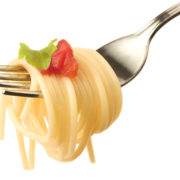
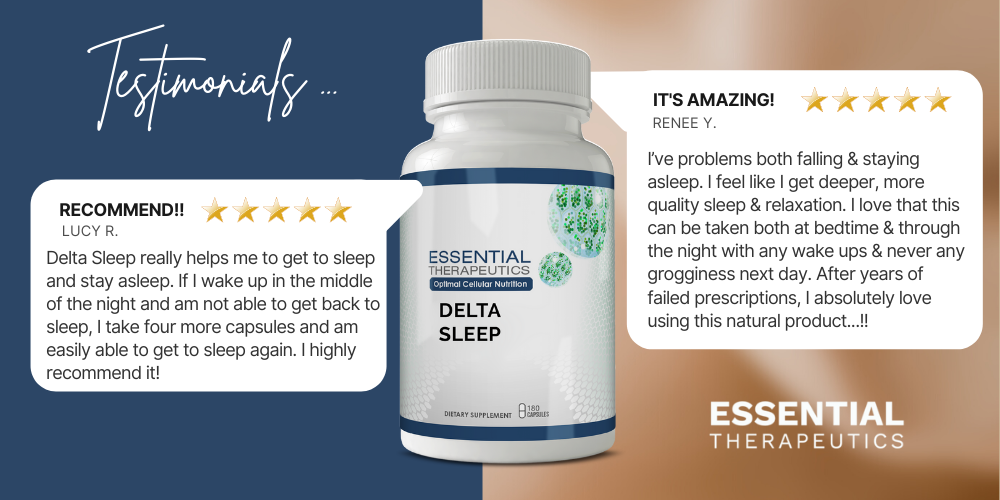


Leave a Reply
Want to join the discussion?Feel free to contribute!